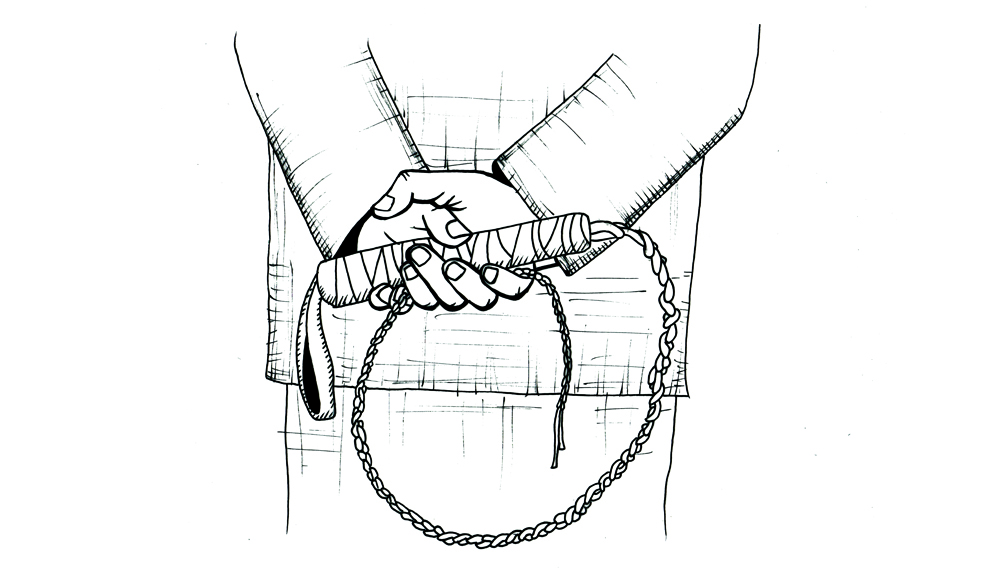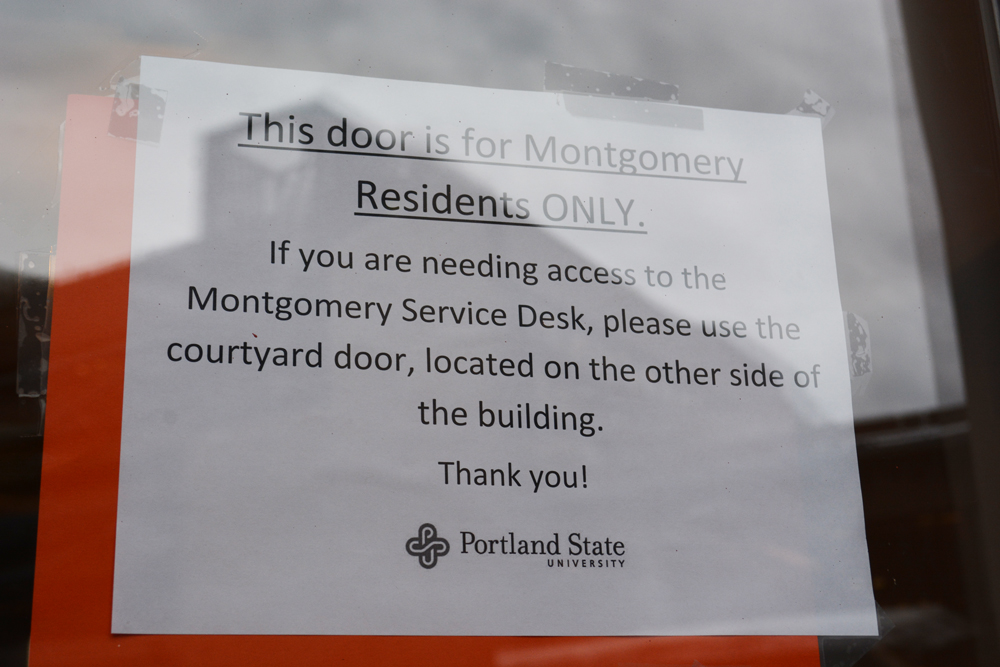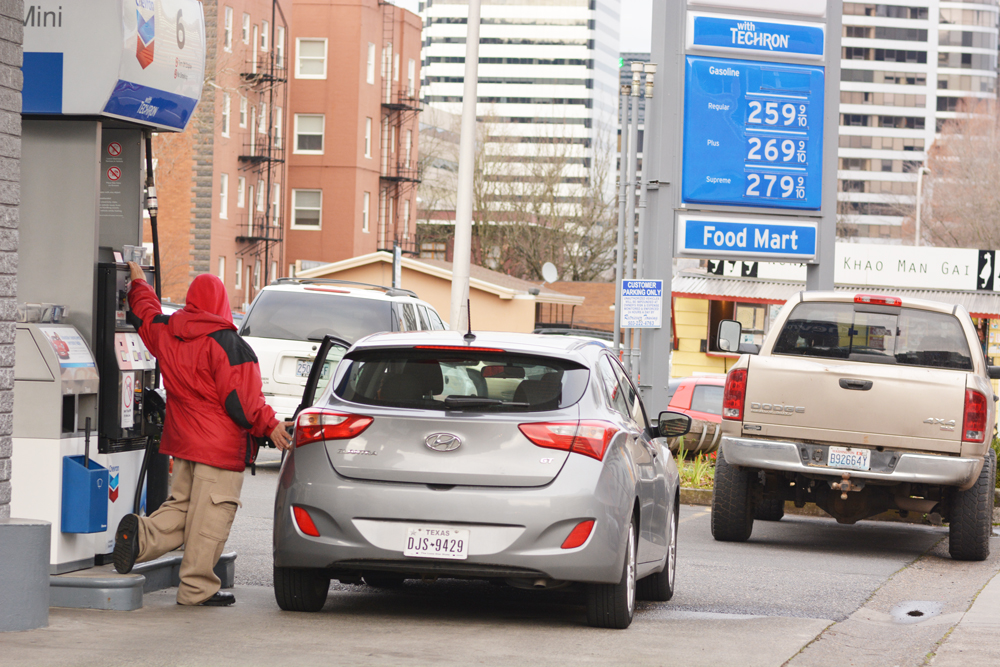We live in a culture dominated by materialism. Virtues are often exchanged for possessions and people are obsessed with having more and more. While this may be a result of living in a first-world economic powerhouse, it’s caused some to embrace minimalism.
When most people hear the term minimalism, they recognize it as a modern art form and architecture style. For some, however, minimalism has transcended mere style and has become a lifestyle choice where excess is avoided and a conscious awareness of usefulness is emphasized.
The first time I ever heard about minimalism was when I was on a website for free Legend of Zelda sheet music. The page was set up as a blog, and down in the corner I saw a post titled “Life as a Minimalist.” Fascinated, I clicked on it and was exposed to a way of life I had never once considered.
Often times when people consider the absence of material possession, the image of some sage, monk or blissed-out hippie comes to mind. But as I was scanning through this woman’s post, I saw pictures of empty rooms devoid of clutter with just the bare essentials. She explained how she condensed her whole photo, movie and CD collections to digital files, invested in space-saving bags, gave away a bunch of her books and used her mattress as both a couch and bed. For her the idea that she “might need this someday” no longer made sense to her, and she got rid of anything that had no applicable everyday use.
The gauge for minimalism is different for each person. It can range from trying to live out of a suitcase to just being more considerate and aware of what you buy, what you decide to keep and what is actually needed. I myself have an illustrious goal of reducing my immediate possessions to three plastic tubs, a piece of luggage, one duffel bag and a backpack. (Right now it’s four plastic tubs, two duffle bags, a backpack and two pieces of luggage.)
I am one of those people who seeks to find sentimental value in material things, so naturally I held on to a lot of unnecessary stuff. However, I’m also extremely stressed out by clutter, so in my adolescence cleaning quickly became shoving stuff into tubs, under my bed and into my closet.
It wasn’t until I moved into student housing that this desire to limit my material possessions manifested into action. There’s something about the college lifestyle, moving in and out of buildings twice a year, that makes owning a lot of stuff difficult. So toward the end of my freshman year I sought to embrace minimalism in my own life.
I got rid of a lot of books I had been holding on too, gave away a bunch of clothes I never wore, tossed out a bunch of old memorabilia, got rid of old notes and gifts that were only used during nostalgic moments and avoided the desire to buy impulsively, by trying to only purchase items that were essential and useful.
For students who are always on the move, such an approach can be useful. Living in student housing can be difficult. It always seems like you could use more things, especially if it’s your first time living alone. My time here at Portland State will be temporary. My desire to avoid accumulating as much as I can reminds me that this is a mere stepping stone on to bigger and better things. When you lay up your treasure in your room, it’s harder to move on and be ready for big changes.
When I first got into minimalist living, I was often too focused on the evil of excessive material possessions. I paid more attention to the negative effects materialism had upon my state of mind, rather than the positives that the absence created. However, after a two-week long mission trip in Belize, I learned the positive side to minimalism in a deeper and more profound way.
Minimalism isn’t just anti-stuff, it’s also pro-existence. It challenges a person to make more of life than physical and tangible items. It makes room for the things in life that truly matter.
By getting rid of my books, I began visiting the library more often. By getting rid of old sentimental items, I began focusing more on my life as it was happening. By avoiding impulse buys, I saved money and was able to do more things with family and friends.
Today, I’d much rather go out to a movie with a friend than buy some quirky vintage item I found at a thrift store.
Becoming a minimalist, even in the slightest sense, is not an easy task. Getting rid of stuff is difficult. I myself have had regret over throwing out an old notebook or parting with an old raggedy t-shirt I once wore during a memorable time. However, such remorse only lasted a little while. The calm atmosphere of a room devoid of clutter allows me to focus so much better.
While I always advocate for a minimalist approach to living, I am nowhere near perfect. As I write this, my desk is full of papers and clutter that makes me cringe every time I recognize it. It’s a learning process—one that requires patience and struggle. It takes proper discernment and consideration.
I would never advocate impulsively throwing out everything in one fell swoop. You have to be careful regarding what you throw out and what you decide to keep. But with that said, I encourage more people to think empirically about what they need, what makes them happy and how that is reflected in the amount of material possessions they own and choose to buy.
As Seneca the Younger wrote, “It is not the man who has too little, but the man who craves more, that is poor.”






